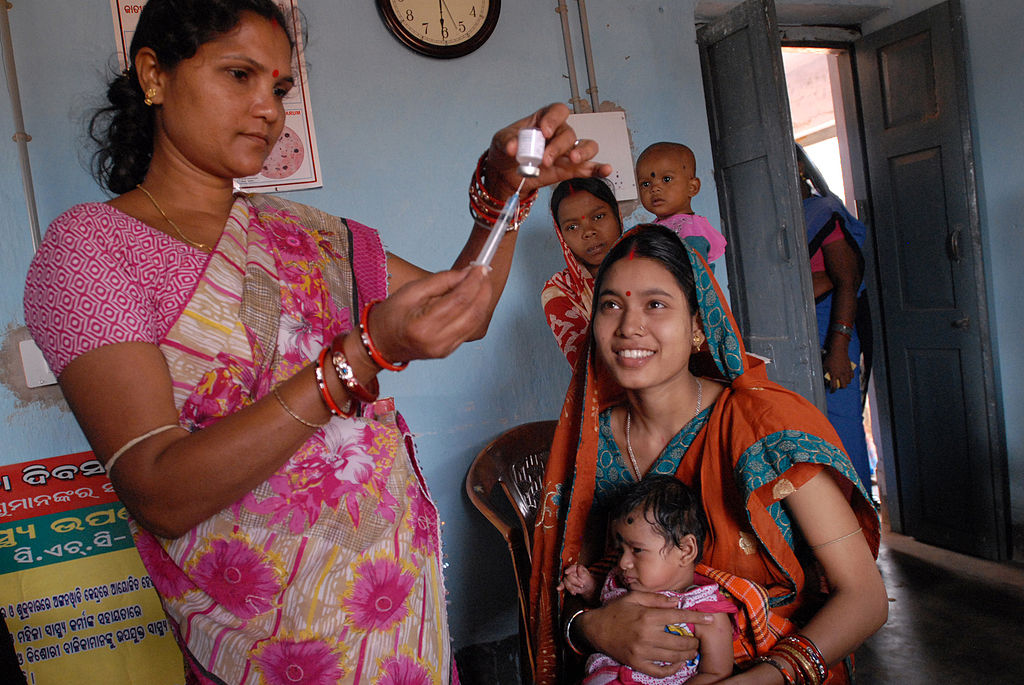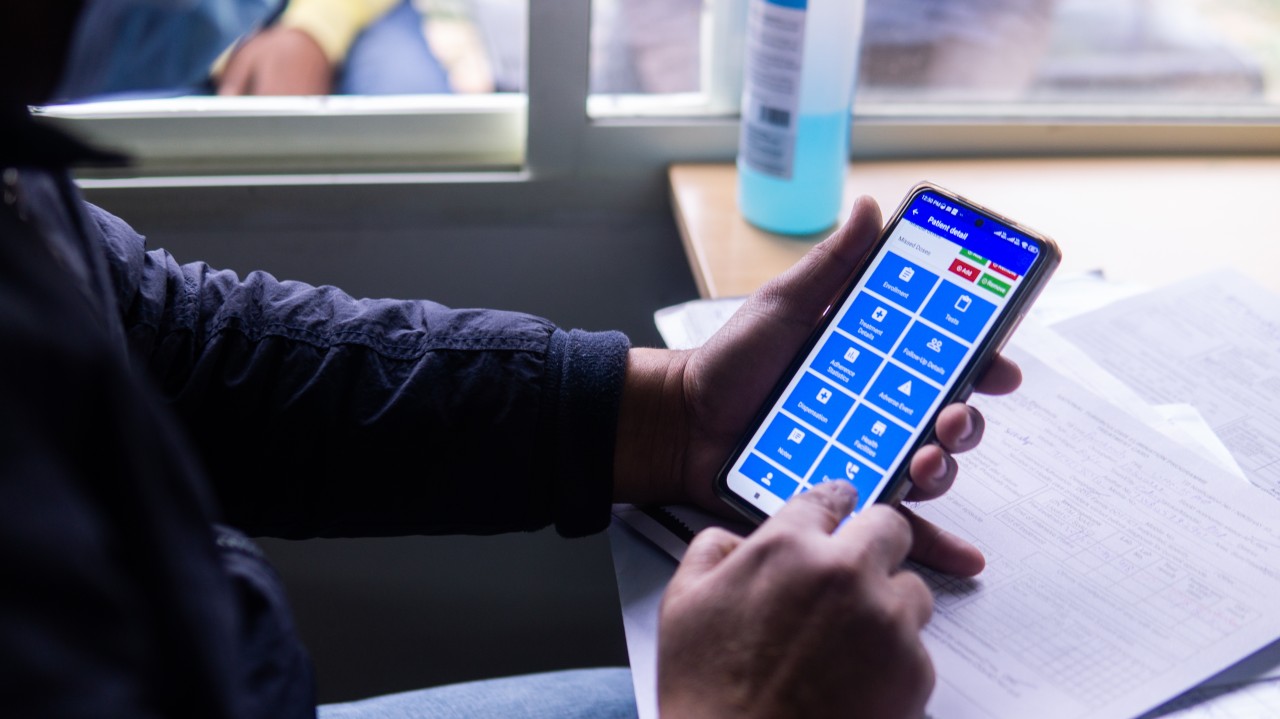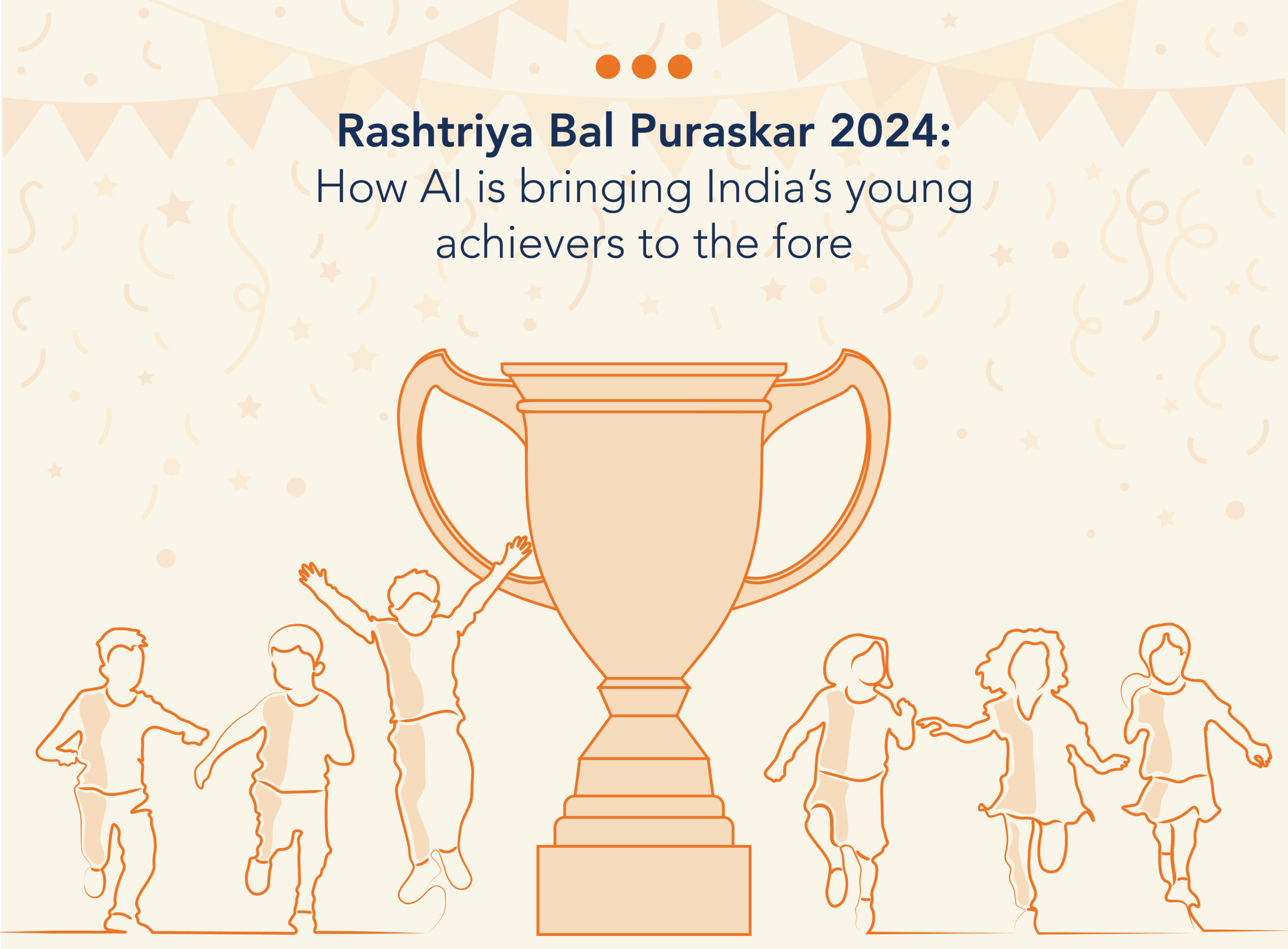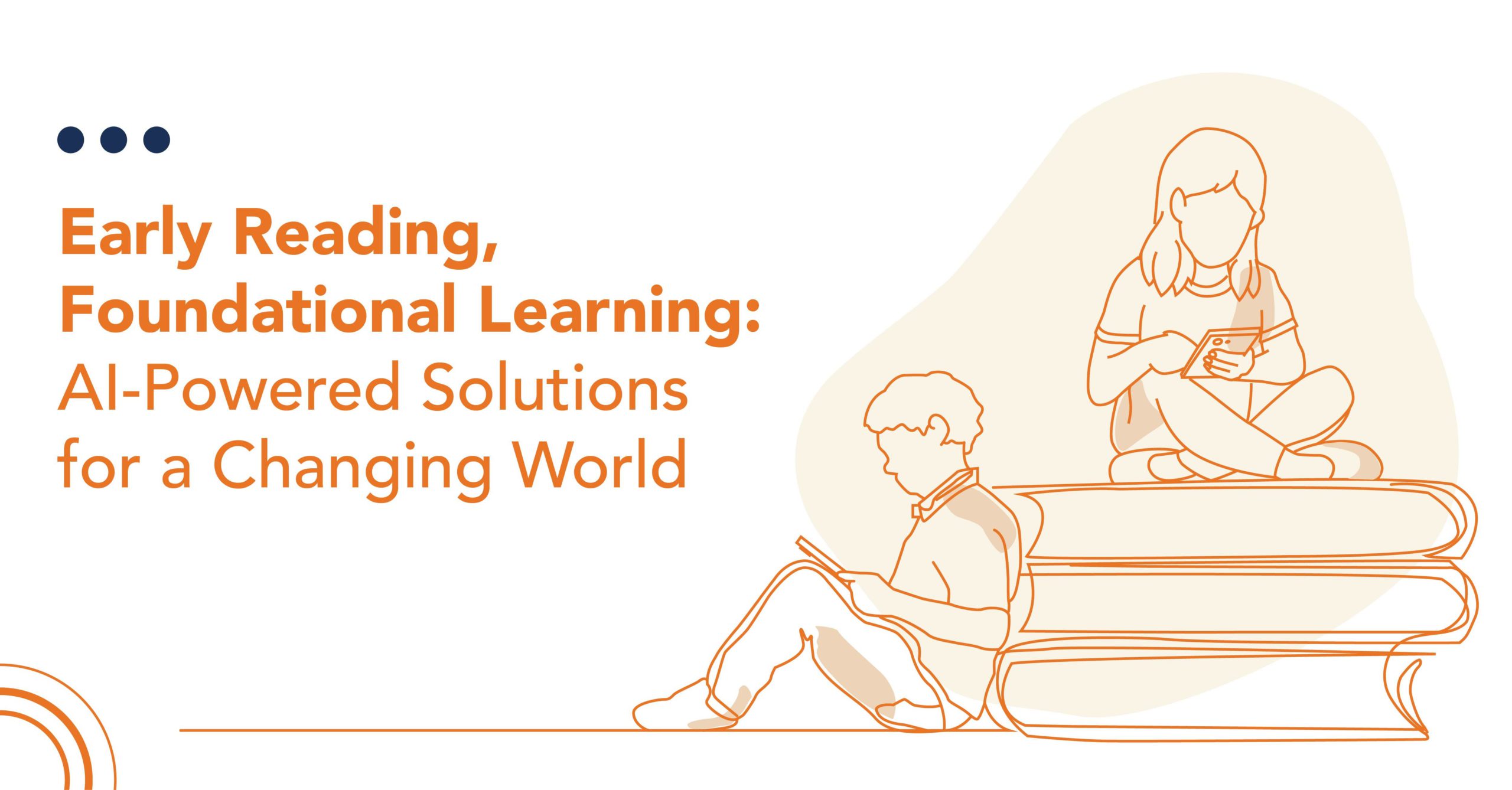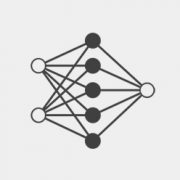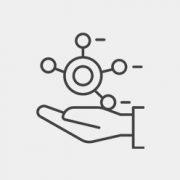Asha in Hindi means hope. In 2005, the government of India, as part of the National Rural Health Mission, started the Asha (Accredited social health activist) worker program. It was meant to be a beacon of light aimed at protecting the health of women in India’s rural populace. In rural India, people tend to avoid doctor visits as much possible. In fact, 61% of India’s births are at home. This brings with it a score of possible health issues for both mother and the child. One of the first missions of the Asha program was to encourage families to visit hospitals and healthcare centres when they were about to deliver a child.
But let’s hit the brakes for a second. Asha program? Asha health workers are women from a district, employed by the Central government, who have at least primary education, are assigned to visit households across the length and breadth of the country. They are, so to speak, the eyes and ears of decision-makers in New Delhi. Their reports and observations are designed to be the bedrock of policy. As time passed, the Asha workers would administer first aid, refer patients to doctors and discuss contraception.
According to data released by the government in 2013, there were over 850,000 Ashas across India. So effective was this program that the government tasked them to do preliminary screenings during the pandemic where they met families, asked them symptoms, advocated mask use and documented progress.
Let’s zoom in
A June 2019 Unicef report estimates that over 20 million babies – over 14% of all the live births across the world annually – fall below the threshold birth weight of 2.5 kg.
A University of Rochester Medical Centre , recommends that low-birth-weight babies be placed in a neonatal intensive care unit in a temperature-controlled bed. Rural India cannot replicate these services. Care for these babies is important. Low-birth-weight babies are not just at risk of dying, their weight can cause several developmental and health issues later in its life. Babies born under 2.5kg are at risk of lifelong health problems, including diabetes, obesity, development delays and low IQ.
Research suggests that all of this is preventable if the baby’s weight can be determined in the first week after birth – an enormous problem in countries such as India where over 61% of births still take place at home, with no trained midwife or medical professional in attendance.
That’s where Asha workers step in. There are simple solutions such as holding the baby close to the mother, avoiding bathing the baby, feeding her frequently. And the first step is identification. Asha workers often suggest that the mother visit primary healthcare centres. But that’s a hurdle in itself, women tend not to go to a centre because it may mean loss of wages within the family, some can’t afford to travel long distances if the centres are further away.
So, the only other solution was to weigh the babies at home. The results are, let’s just say, interesting.
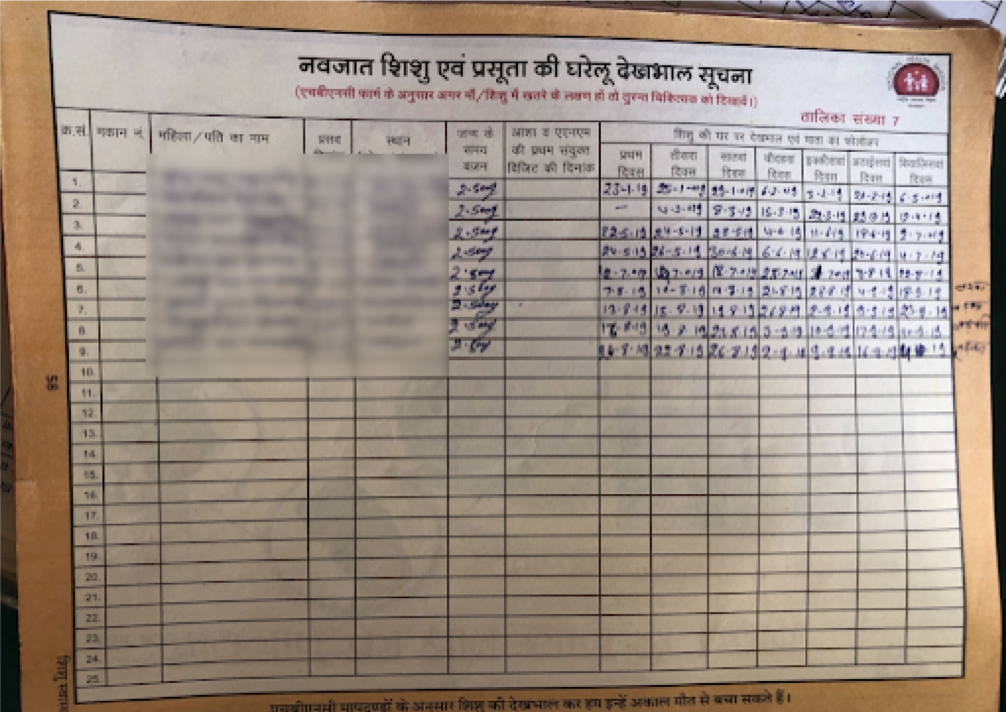
Leaving aside the huge coincidence, there is a problem in weighing babies. Another problem is some communities don’t allow outsiders to touch babies in the first few weeks of birth. In many cases, the scales are broken or improperly calibrated, so readings are off the mark. Even if the scale is accurate, the extension worker submits these readings to a data entry operator who may make input errors. Even when healthcare workers use digital scales, errors could still creep in due to the baby moving during the weighing process or the scale not being calibrated accurately. The chances of human error are high.
The role AI can play
The answer we have chosen is to use AI. Wadhwani Institute for Artificial Intelligence calls it the visual weighing machine. This is how it works, the Asha worker takes a short video of the baby using a basic smartphone, Wadhwani AI’s model converts this 2D video into a 3D image. And can potentially calculate not just the weight of the baby but also the circumference of the head and other critical characteristics which would help in identifying the health of the baby. Because it is on the phone, it can update a central database, hence eliminating human errors almost completely.
It’s that simple. This doesn’t replace the Asha worker but empowers her. Empowers her to help multiple mothers and their children and take one step towards eliminating the problem of low birth weight babies.


